|
Dullest bunch of photos yet from Veolia Environnement
Wildlife Photographer of the Year Competition
October 2012. The winners of the annual Wildlife Photographer of the
Year competition have been announced. Whilst, as ever, there are some
fantastic images, we believe that the level across the board is not
nearly as good this year. Perhaps it is that we haven't seen all the
images, but the ones that we have seen didn't move us nearly as much as
they should do.
|
|
 |
|
The overall winner of the Veolia Environnement Wildlife Photographer of
the Year is Paul Nicklen (Canada) for his photo 'Bubble-jetting
emperors'. It was taken near the emperor penguin colony at the frozen
edge of the Ross Sea, Antarctica. Paul waited for the return of parent
penguins, staying still in the freezing water and using a snorkel to
breathe.
|
|
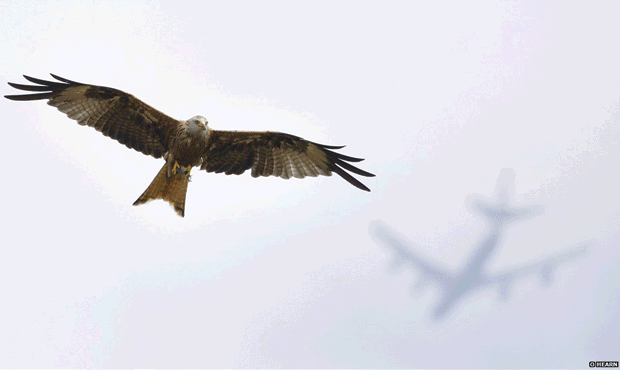 |
Junior overall winner Owen Hearn took his image 'Flight paths' at his
grandparents' farm in Bedfordshire, UK. Owen, aged 14, photographed the
red kite at the site chosen for London’s third airport in the late
1960s. "Opposition to the planned airport stopped it going ahead, which
is why I can photograph the wildlife on the farm today," he explained.
|
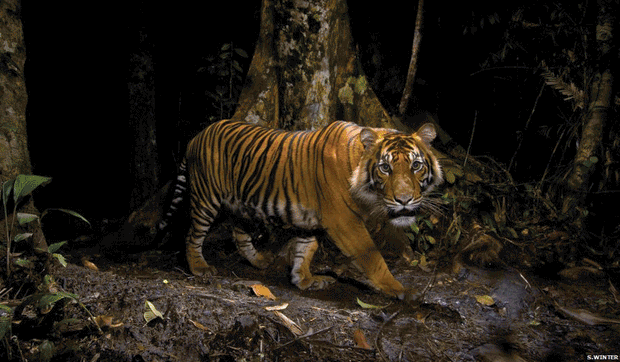 |
Steve Winter (US) was the winner of the Wildlife Photojournalist Award.
The animal is one of fewer than 400-500 wild, critically endangered
Sumatran tigers. Steve set up an auto-trap camera to catch this shot. A
former tiger hunter, now a park ranger, advised Steve where to set up
his equipment.
|
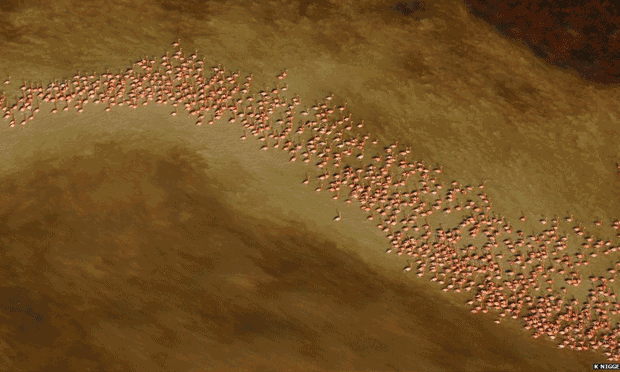 |
Thousands of Caribbean flamingos - the largest and pinkest of the five
species - gather each winter on the estuary of the Ria Celestun on
Mexico's Yucatan peninsula. From the door of a plane, Klaus Nigge
(Germany) used lenses with image stabilisers to get an aerial shot
showing the beauty of the mass get-together.
|
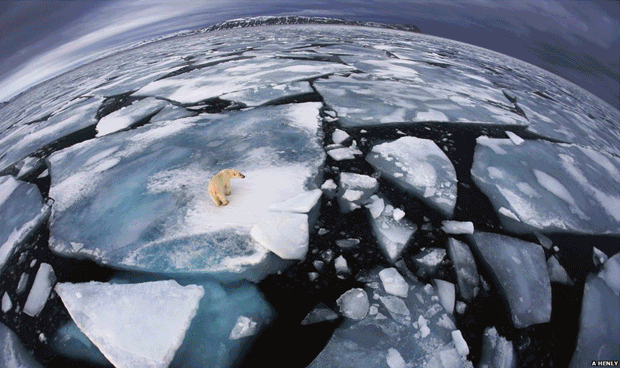 |
Anna Henly (UK) took this image on a boat in the Svalbard archipelago
early in the morning. The polar bear was walking on broken ice floes, a
reminder that global warming is eroding the marine sea ice environment
that the bears rely on for survival.
|
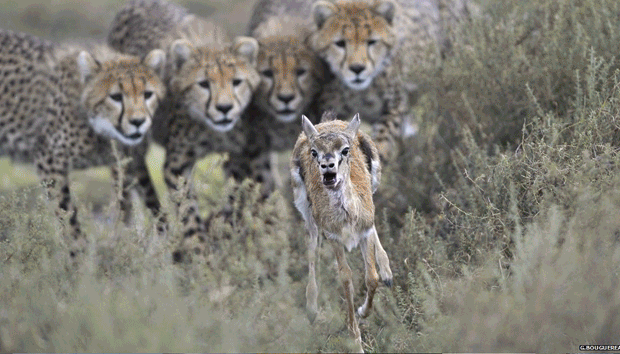 |
Gregoire Bouguereau (France) won the Behaviour: Mammals category with
this image of cheetah cubs chasing a Thomson's gazelle calf that their
mother had caught but not killed. At first, the cubs took no notice of
the calf lying on the ground. But when it struggled to its feet, "the
cubs' natural predatory instincts were triggered," says Gregoire.
|
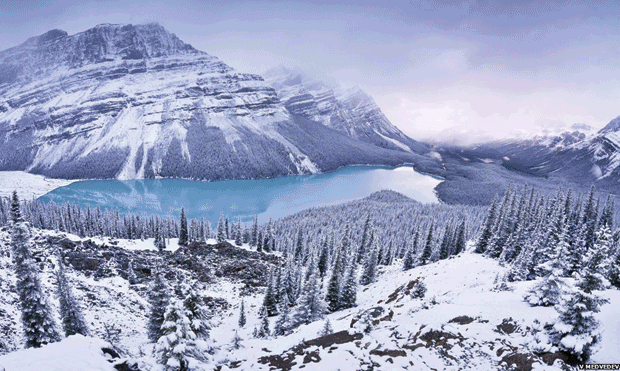 |
The turquoise tint on Peyto Lake in Banff National Park, Canada, is
caused by light bouncing off silt suspended in the water, known as
"glacial milk". Vladimir Medvedev (Russia) waited for an opportunity
between snowfalls to overcome the challenges of light in such a pale
environment.
|
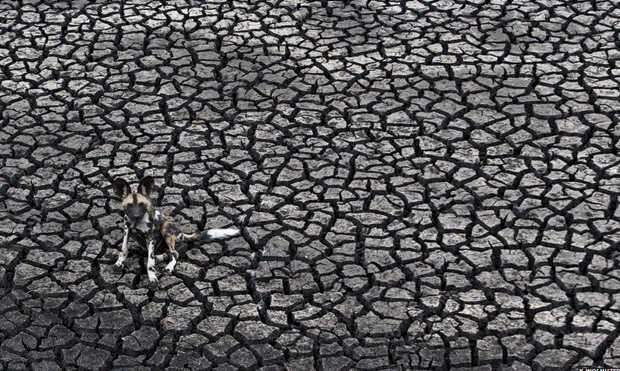 |
|
Kim Wolhuter (South Africa) won the Gerald Durrell Award for Endangered
Species. Kim has been filming African wild dogs at Zimbabwe's Malilangwe
Wildlife Reserve for more than four years. He knows one pack intimately.
"I have travelled with them, on foot, in the pack itself, running with
them as they hunt."
|
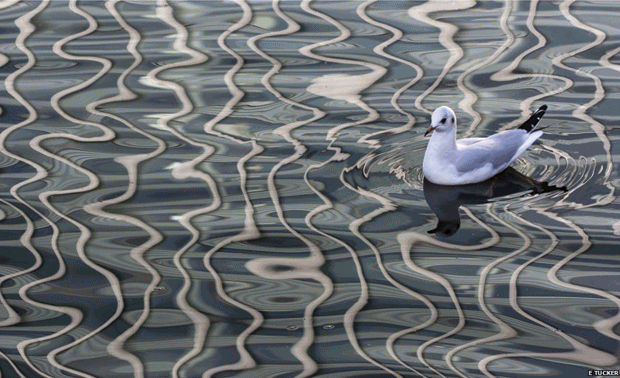 |
|
This black-headed gull caught Eve Tucker's eye as it sat in the middle
of the extraordinary patterns in the water. Eve (UK) realised these
patterns were in fact the reflections of some of the tallest buildings
in London surrounding the Docklands at the heart of the business and
banking area of Canary Wharf. |